
- Image by Getty Images via Daylife
We’ve maintained, and continue to maintain the Kindle is not yet at the price point where the upfront cost is offset enough by the benefits. Endgadget, however, reports that Amazon has dropped indications it sees the Kindle readers and Kindle books as two separate businesses.
This is actually good for us…the people who want e-books to become more ubiquitous. We don’t want the paper book to go away though. We believe there is a place for it in this world. Our concern is that the lowering of the hardware will produce an increase in the price of the book itself. Currently, a Kindle book can average $9.99, more or less. A hardcover book could be over double that. On a $9.95 book, an analysis suggests Amazon only makes 61 cents.
In the fight of Kindle vs. Netbook, we opted for netbook, because it is a multifunciton device, compared to the Kindle, which is good for one thing only. But imagine if the Kindle reader became a software program available for all operating systems? What if Amazon licensed the reader software to other companies to allow the books to be read on many systems? What could that mean for the future?
The latest confusion over the Kindle is its DRM policy. Apparently, there is a limit to how many times you can download the book, even though you have bought it, and it varies from publisher to publisher…even better, no one at Amazon seems to know how to find out what the number is. The limit may actually be on the number of devices you can have the book on simultaneously, but as of now, it is still unclear. Ultimately, we remain curious what limits are put on the free distribution of content you bought amongst your own devices. Since your ownership of the book now depends on a third-party…namely Amazon, supporting your device, how does this effect your life?
So, what are the alternatives? We’ll be looking into them a bit more, as we want to take advantage of them.
Related articles by Zemanta
- Analysts: Kindle Book Price Hikes Are Coming (paidcontent.org)
- Amazon Kindle – Great Business Model (raunchyjohnson.com)
- Don’t be surprised if Amazon has to raise the price of Kindle books (crunchgear.com)


![Reblog this post [with Zemanta]](http://img.zemanta.com/reblog_e.png?x-id=2a48ad77-0f21-48ab-9566-c5b3fdb4a53a)


![Reblog this post [with Zemanta]](http://img.zemanta.com/reblog_e.png?x-id=e5f40a83-e283-460d-9483-d2ef776b2077)

![Reblog this post [with Zemanta]](http://img.zemanta.com/reblog_e.png?x-id=79327adc-7711-4d92-afd9-3cff096c45fd)
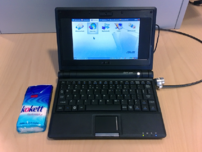
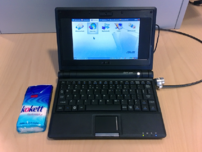
![Reblog this post [with Zemanta]](http://img.zemanta.com/reblog_e.png?x-id=a93c807b-8365-402e-b3ce-5543c20edc4f)
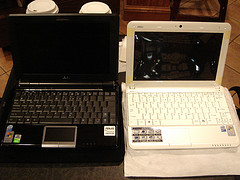

![Reblog this post [with Zemanta]](http://img.zemanta.com/reblog_e.png?x-id=600f4ba9-4c16-4a27-9e3f-2cd7b5e643e2)
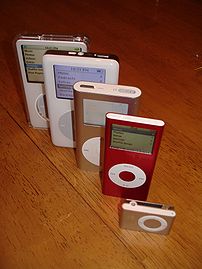

![Reblog this post [with Zemanta]](http://img.zemanta.com/reblog_e.png?x-id=de53b5bb-d875-45e8-b08f-8cafd6ddb2d7)


![Reblog this post [with Zemanta]](http://img.zemanta.com/reblog_e.png?x-id=f0dbd97a-0480-4e07-94fd-368fde8cc416)
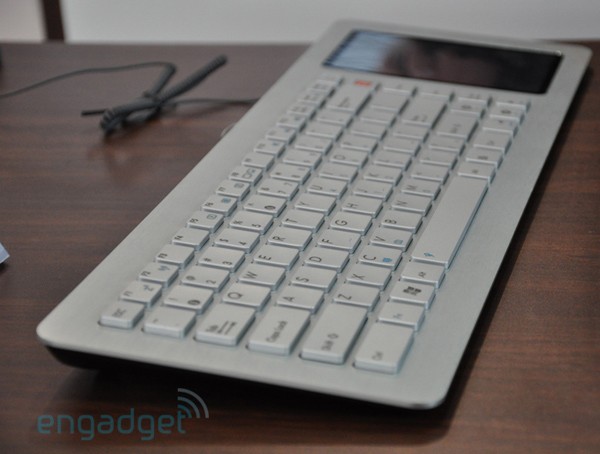
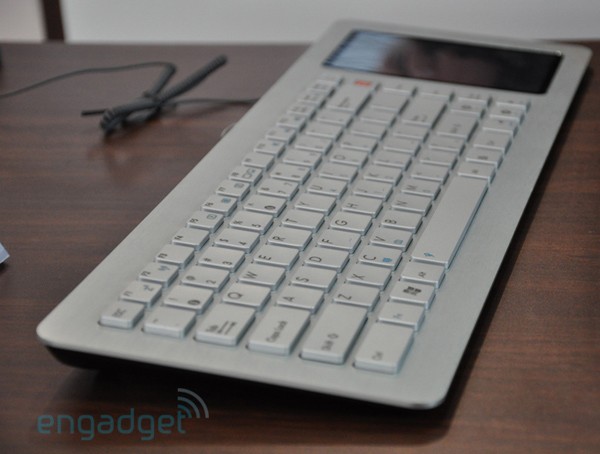

![Reblog this post [with Zemanta]](http://img.zemanta.com/reblog_e.png?x-id=5ff9a636-8774-44f0-8ee6-d9c6a9a4f7c2)


![Reblog this post [with Zemanta]](http://img.zemanta.com/reblog_e.png?x-id=747260c7-bcb6-40bb-8d0b-b11676719cb7)